|

|
| Back
to Today's Child |
|
Math |
What is Math?
- it is more than computations (the
traditional Mathematics);
- it is a study of patterns and relationships;
- it is a science and a way of thinking;
- it is an art, characterized by order and
internal consistency;
- it is a language, using carefully defined terms
and symbols;
- it is a tool.
|
In Praise of Learning
For Mathematics
Dependable patterns and principles
which reassure us that the world is not so inconstant as we
might fear
We thank you..."
Elspeth Campbell Murphy |
|
|
Why Focus on More Than Computations?
|
|
Mathematics is an understanding; it is a connection in people's minds
Mathematics is not just about memorizing formulas and concepts but it
is the ability to apply them; it is the 'light bulb" that goes off
when one understands.
Knowing mathematics means being able to use it in
purposeful ways.
Students learn mathematics well only when they
construct their own mathematical understanding and see relationships
among these concepts
Math
learning
is
not
a
spectator
sport
|
Things to Think
About
Quote from a Student
(when asked for school projects focusing on
math):
"projects
with math?? No. Math is: solve this equation that has nothing to do with
anything and you'll never have to use it ever in your life.
The only thing you need to know about math is
adding / subtracting, multiply, division. Fractions and percentage.
That's it!" Jennifer, Age 20
The Constellation Analogy
Imagine the stars in the sky.
Each experience in a child's life makes a connection from one star (one
concept) to another. By providing more experiences, the
understanding becomes more complete.
|
We learn by doing, by manipulating, by thinking, by
exploring, by questioning, not just memorizing. With each new experience
we build on our present "constellation". Our level
of understanding, our "schemas" will affect how we perceive
and interpret new information.
ex. A toddler sees a four-legged animal and says:
DOGGIE.
The child has made an association between animals on
four legs and the word 'dog'.
Someone then points out that the animal has horns and says
"MOO-COW". (The child has a new piece of
information about dogs: no horns!)
The child then is confronted with a goat, sees the
horns, and says
"Moo-cow". Based on the limited knowledge as well as the
images of dogs and cows, the child is able to determine that the new
creature is a cow, not a dog.
It is over time, with a vast
amount of experience that the child is finally able to distinguish
between all types of four-legged animals.
The key to effective teaching and learning is
helping children to be active, reflective thinkers so that their
minds will be working and forming relationships, making connections,
and integrating concepts and procedures.
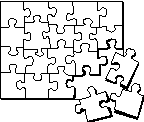
|
Keys to Teaching Mathematic Skills
- focus on processes
- provide many, varied opportunities to build connections
- help students develop these connections plus provide the
math concepts, terminology, and facts
- build on the old information to understand the new
To help make this connection, ask reflective
questions such as the following:
- How does this fit with what you already know?
- How is this problem like other
problems/situations you’ve experienced?
- What is it about this problem that reminds you of
yesterday’s problem?
- How did you do things differently this time?
- What do you know about this before starting?
|
Obstacles to Using Hands-on Approach
- personal beliefs that students and teachers bring
to the classroom
- assumptions held by administrators, parents, and
society about mathematics, curriculum, teaching, and learning
- belief that "new math" will go away
- beliefs that students need to be comfortable with
computations before problem solving
- lack of skills as to "HOW" to teach using
'hands-on' techniques
|
|
Seven ways to promote reflective
thought :
- create a problem solving environment
- use models, manipulatives, drawings, calculators
- encourage interaction and discussion
- ask leading questions
- interrupt process only if necessary
|
- use cooperative learning groups
- require self-validation of responses
- use consistent, correct terminology
- listen actively
|
|
|
Provide experiences that are
experimenting first-hand with
objects
and having concrete experience before learning abstract
mathematical concepts
Minds-on: build the basic concepts and
thinking processes, making sure they are understood so they can be built
upon and used to make new relationships, new
"constellations"
Real: use real-world problems, things that
are relevant and interesting to the student to help them explore,
discover, discuss, and build on their mathematical concepts
Students' Roles:
- to listen to, respond to, and question the teacher and
other students
- to interact with each other, building on one another’s ideas
- to justify answers
- to rely on a variety of tools to reason, make
conjectures, solve problems, and communicate
- to be a team member in discussions, adding input,
questions, and strategies, as well as problem solving during
"conflicts"
- to search for patterns and question inconsistencies
that puzzle them:
- to look for connections and use prior experience and
knowledge to solve problems
- to set goals, and self-assess own learning
|
Kindergarten Math Curriculum
- is as much about vocabulary as about numerals
- is more concerned with consolidating understanding
than with rote knowledge
Basic terms
- more/less/ same/different/ equal /
group / set
- spatial: near/far / in/out/ above/below/
up/down/top/bottom/ front/back/open/closed/right/left/to/from/empty/full
between/beside/across/first/next/last
- comparison: tall/short; big/small/long/short/
tall/taller/tallest; short etc; small etc; long
- Numerals: rote count to 20; identify numerals to
20; order (1st, 2nd) ; group, match
- shapes: entry into geometry
- time: morning, afternoon, later, tomorrow,
- money : recognize coins
- weight: heavy light
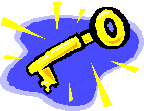
|
|
|
|
THINGS TO DO
| Arts |
Smartie* Colours
Burger Recipe: Dramatic Play
Collages
Scales
Swing Art
Marching to rhythms
Collages of things with commonalities
Proportional Art: using size, shapes |
I have collected these ideas as well as created
them over a long period of time.
I unfortunately did not record the original author-- and
therefore cannot give credit.
I apologize to the originators for using your idea without
permission |
| Gross Motor |
Musical Jungle Game
Kick the Can
Parachute Activities |
| Fine Motor |
Broken "Eggs" Game |
| Snack |
Skittle* Math |
| Science |
Rockets
Scales
Goop, Guck, and Wow
Book Race
Cars Have 4 Wheels
Rich Man, Poor Man |
| Blocks/Toys |
Trucks and Ramps |
|
|
Back
to "Today's Child" 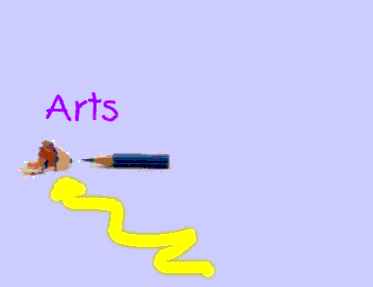
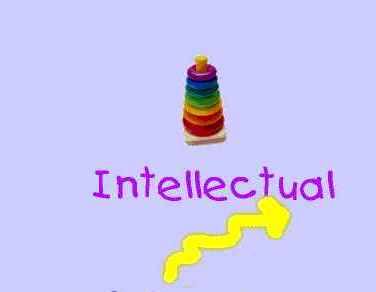
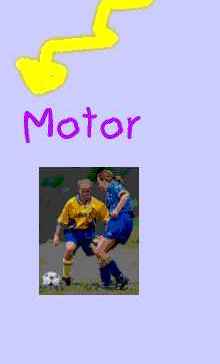
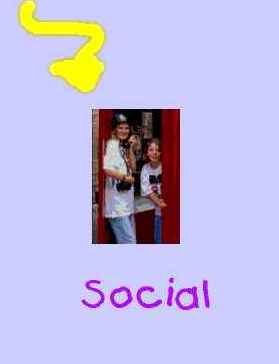
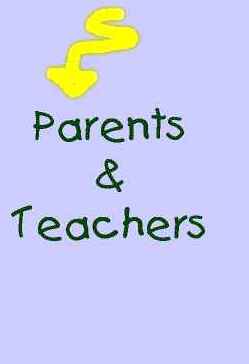

|
Much of this information has been gathered from the website on the
internet. I apologize for not being able to give credit to the authors
of the original information. Please let me know if you find this
information in other locations and I shall credit the authors.
|